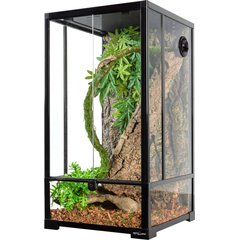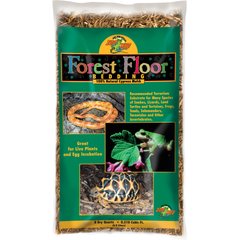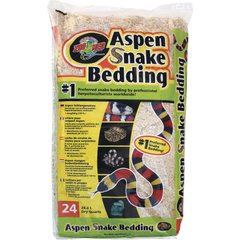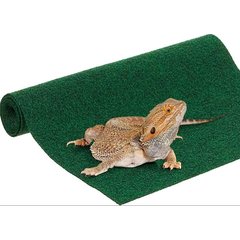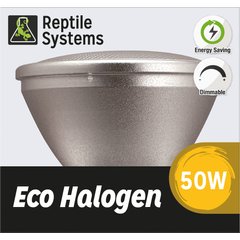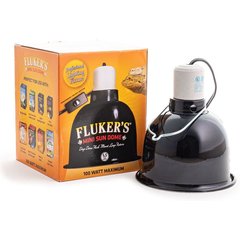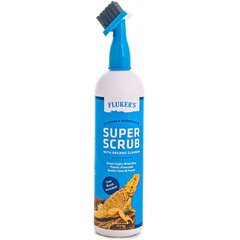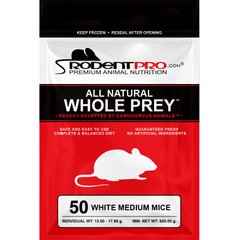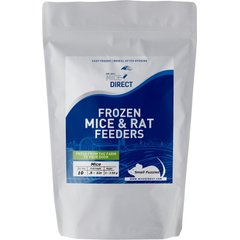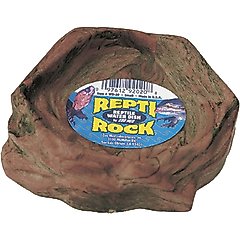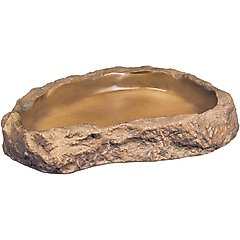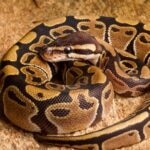Corn Snake Care Sheet
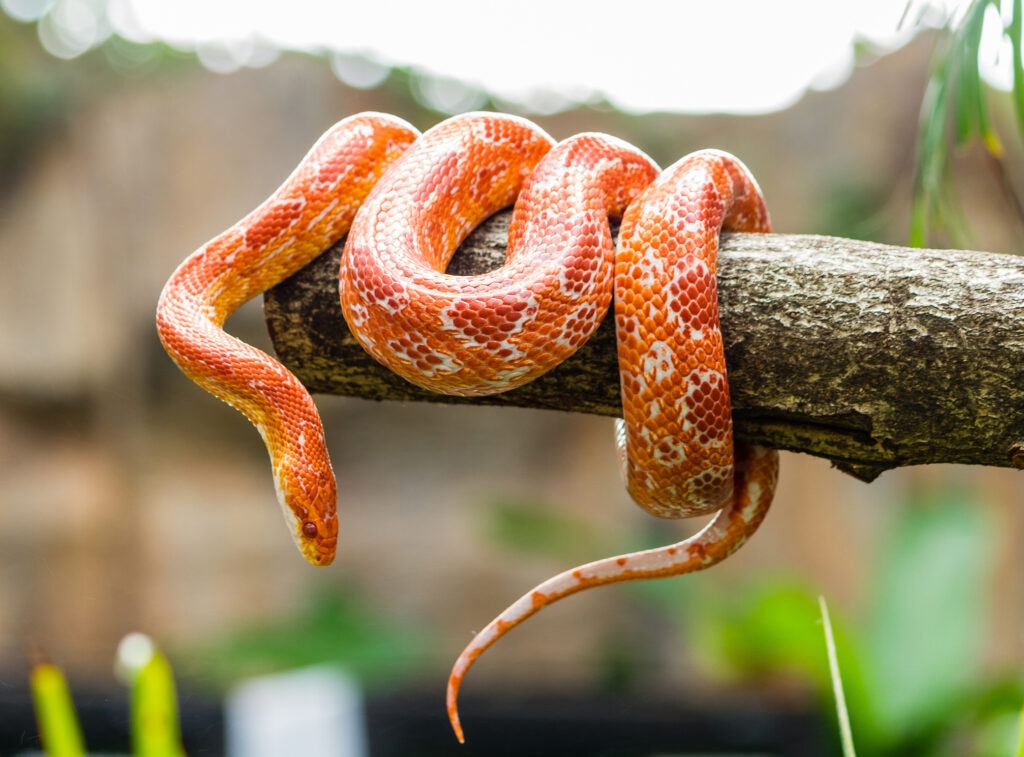
Photo by bugphai/iStock/Getty Images Plus
Corn snakes can be wonderful beginner pets. If you’re planning to bring home a corn snake, it’s always a good idea to research everything your pet will need, as well as how they behave and what health aspects to look for.
Overview
- Corn snakes can live up to 20 years or more with good care.
- This snake species is docile and friendly, making it a great choice for those looking to get a snake for the first time.
Fun Facts
- Corn snakes come in various colors and patterns. They get their name from the spotted pattern on their bellies, resembling maize or corn.
- Corn snakes are independent and solitary, so they should be housed alone.
Corn Snake Enclosure
Find the best habitat for your corn snake based on their size and age. Juveniles need at least a 10-gallon reptile habitat, while adults should have one that’s 30–40 gallons. If you get a juvenile corn snake with a smaller enclosure, size up as your pet grows into adulthood.
Recommended Products
The larger the enclosure the better, as corn snakes like a lot of room. They are known for escaping easily, so make sure the enclosure has a secure, screened lid that locks. They are solitary and shouldn’t live with other snakes, corn snakes, or any other species.
Line the enclosure with a paper-based bedding or reptile carpet as substrate. You can also use cypress mulch, coconut husk, or aspen wood shavings. Replace substrate weekly to prevent soiled or wet bedding.
Recommended Products
If you use wood shavings, mulch, or coconut husk, feed your corn snake in a separate enclosure, as they could mistake the indigestible substrate for food, causing a gastrointestinal obstruction.
Enclosure Temperature and Lighting
Enclosures should have two thermometers, one in the cold area and one in the warm. Check these every day to maintain appropriate temperatures. Cooler temps should stay in the low 70s F, and on the high end, around 85 F.
Humidity should be 40–60%, increased to 70% during shedding cycles. Increased humidity can help the snake shed their skin properly.
Install an over-the-tank basking lamp with a heat bulb to give your corn snake enough heat. Wattage varies based on the enclosure size and how far away the bulb is from the snake. You can also use an under-tank heater, but make sure it’s connected to a thermostat so your pet doesn’t get burned.
Recommended Products
If the heat lamp doesn’t include a UV light, install a separate UVA/UVB light. Your corn snake should have eight to 12 hours of UV light daily, as it mimics natural sunlight.
Check bulbs often and replace them every six months. Avoid keeping white lights on, as they can disrupt your snake’s natural sleep cycle.
How To Clean a Snake Tank
Clean corn snake enclosures at least once a week with a habitat cleaner, like the Fluker’s Super Scrub Reptile Cleaner, or a 3% bleach solution.
Recommended Product
To clean your snake’s enclosure, follow these steps:
- Move your snake to a secure environment, then take out and discard any old substrate.
- Remove decor and accessories, and scrub everything with the cleaner or bleach solution.
- Let the bleach solution sit for at least 10 minutes to make sure it’s thoroughly disinfected. If using a commercial cleaner, follow the manufacturer’s instructions.
- Soak and rinse the enclosure, decor, and accessories well, and let them dry completely before putting everything back in the enclosure with new substrate.
- Carefully return your snake to their habitat.
What Does a Corn Snake Eat?
Corn snakes are carnivores and should eat a rodent-heavy diet. Offer your corn snake appropriately sized, thawed frozen rodents.
Recommended Products
The rodents should be the same size as your snake’s mid-body width. For instance, a corn snake with a 1-inch midsection should eat prey no wider than 1 inch. Juveniles should eat young, nearly hairless mice. They can transition into eating larger mice and small rats as they age.
Do not feed your snake live prey, as rodents could become aggressive toward your snake. Feed your corn snake in a different enclosure so your pet doesn’t associate their regular living space or their owner’s fingers with meals.
Corn snakes are more active during the day, so mealtimes should be daytime as well. Feeding schedules depend on your snake’s age and size.
- Baby snakes can eat every other day.
- Juveniles should eat once a week.
- Adults eat every one to two weeks.
- Offer food with feeding tongs, like the Vila Snake & Bearded Dragon Stainless Steel Reptile Feeding Tongs, not with your hands.
Recommended Product
Fresh water should always be available. Snakes may also use water bowls to soak, especially while shedding skin.
Recommended Products
Handling
Always calmly approach your corn snake. During shedding cycles, corn snakes may mistake human fingers for food, as their eye caps become loose and impair vision. Limit handling during shedding cycles and handle your snake with care and caution.
Since reptiles are potential infectious disease carriers that could transfer illness to humans, always wash your hands well, both before and after handling your corn snake or anything inside their enclosure.
Health
Corn snakes should see a vet once a year for their annual checkup. You can use a ventilated plastic bin with a secure lid to transport them safely.
At the visit, show your vet pictures of all enclosure parts, including lamps, lights, and heaters, and the food your pet regularly eats. This helps the vet perform a complete evaluation of your corn snake.
Corn snakes should have clean, clear eyes without any cloudiness. Their eyes and skin shouldn’t have any stuck shedding, called dysecdysis. Look for a regularly flicking tongue and relaxed, docile behavior.
Call your vet if your pet has:
- A loss of appetite
- Cloudy eyes
- Ulcerations
- Tumors
- Discharge around the vent
- Paralysis in a part of their body
Corn Snake Supply Checklist
Before you bring your corn snake home, make sure you have all the necessary supplies, including:
- Reptile habitat that’s at least 10+ gallons for juveniles or 30–40+ gallons for adults
- Snake bedding or substrate
- Snake water bowl
- Decor, hideaway box, plants, and moss
- Snake heater and heat fixture
- UV bulb and fixture
- Under-tank heater
- Thermostat
- Feeding tongs and thawing container
- Thermometers
- Humidity gauge
- Snake food
FAQs About Corn Snakes
Are corn snakes good pets?
Corn snakes are docile and friendly, making them a great first pet snake.
What is the corn snake lifespan?
Corn snakes typically live up to 15–20 years with proper care.
How big can a corn snake get?
Corn snakes can grow to be 4 to 5.5 feet long.
Is a corn snake venomous?
Corn snakes aren’t venomous.
How much does a corn snake cost?
The cost of a corn snake depends on many factors, including where you buy them and how old they are. Baby corn snakes can cost $20 to $50, while adult corn snakes go for $50 to $200. Rare corn snakes could cost $500 or more.
Click here for a printable, PDF version of this care sheet!
